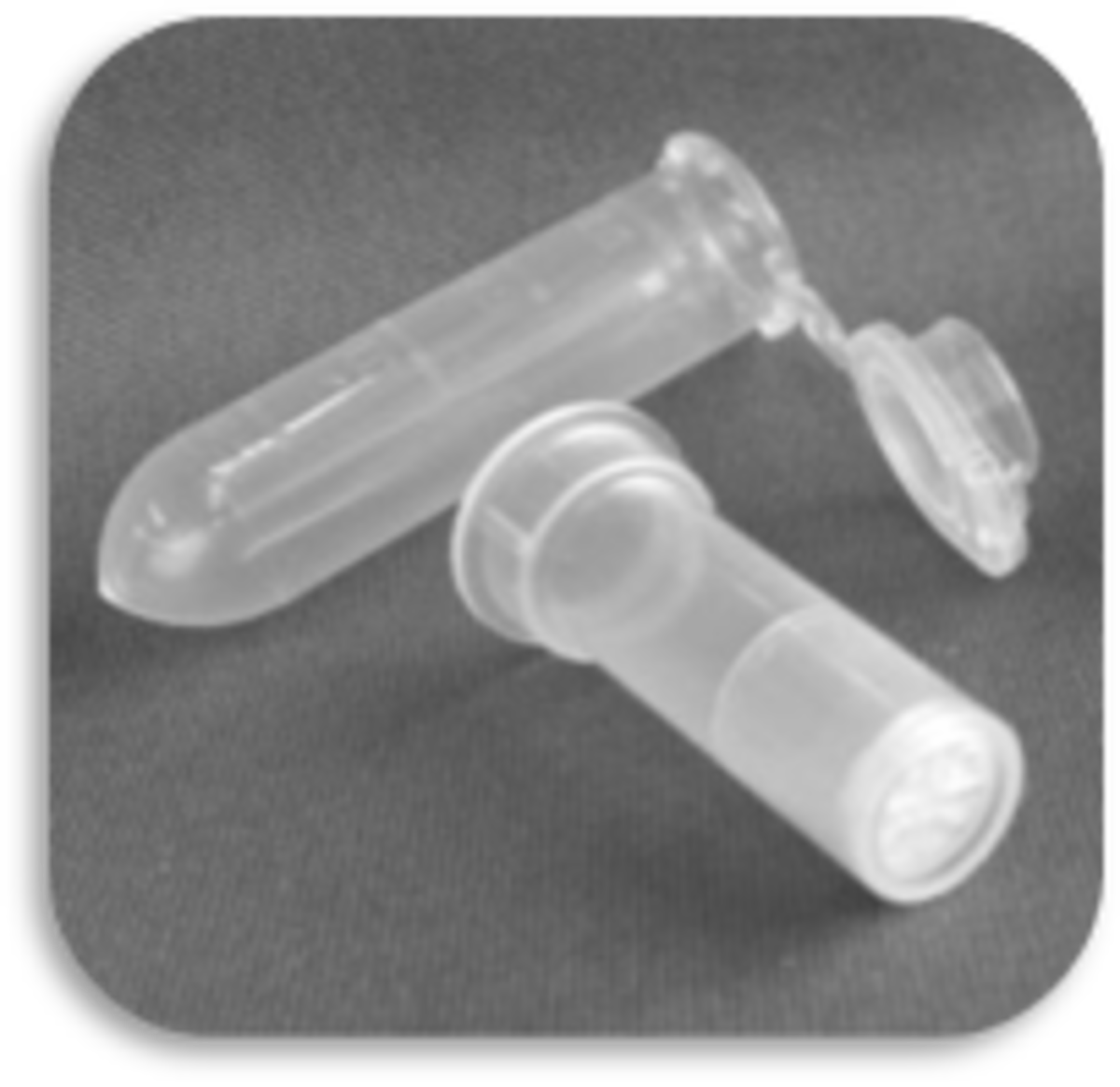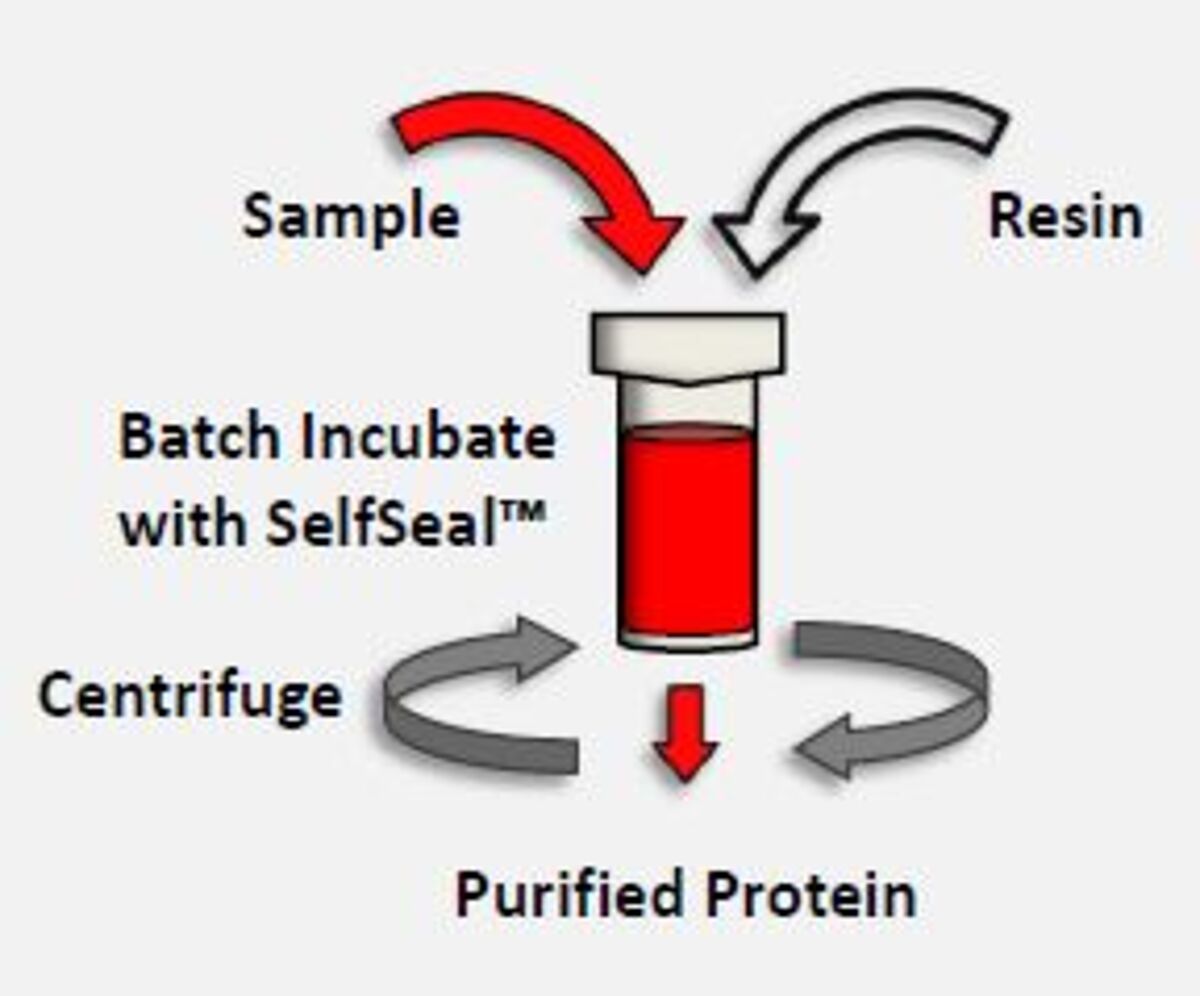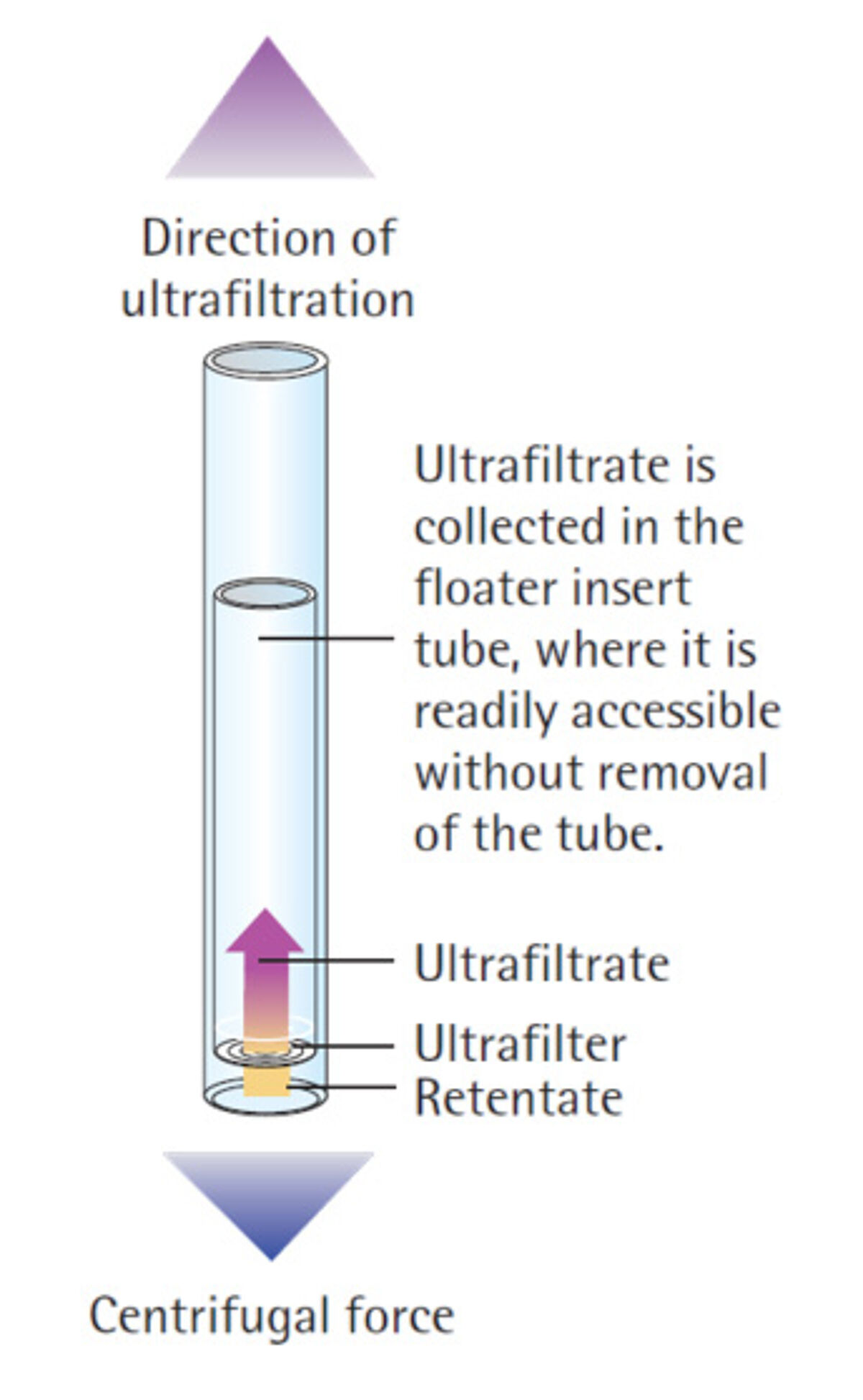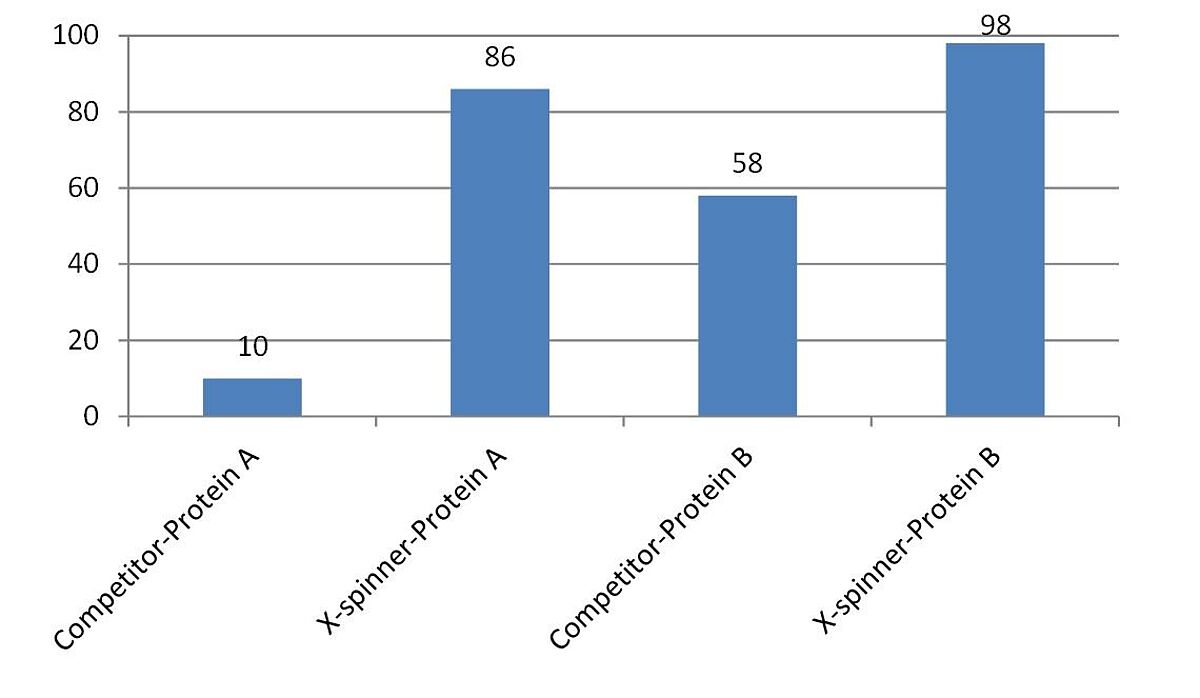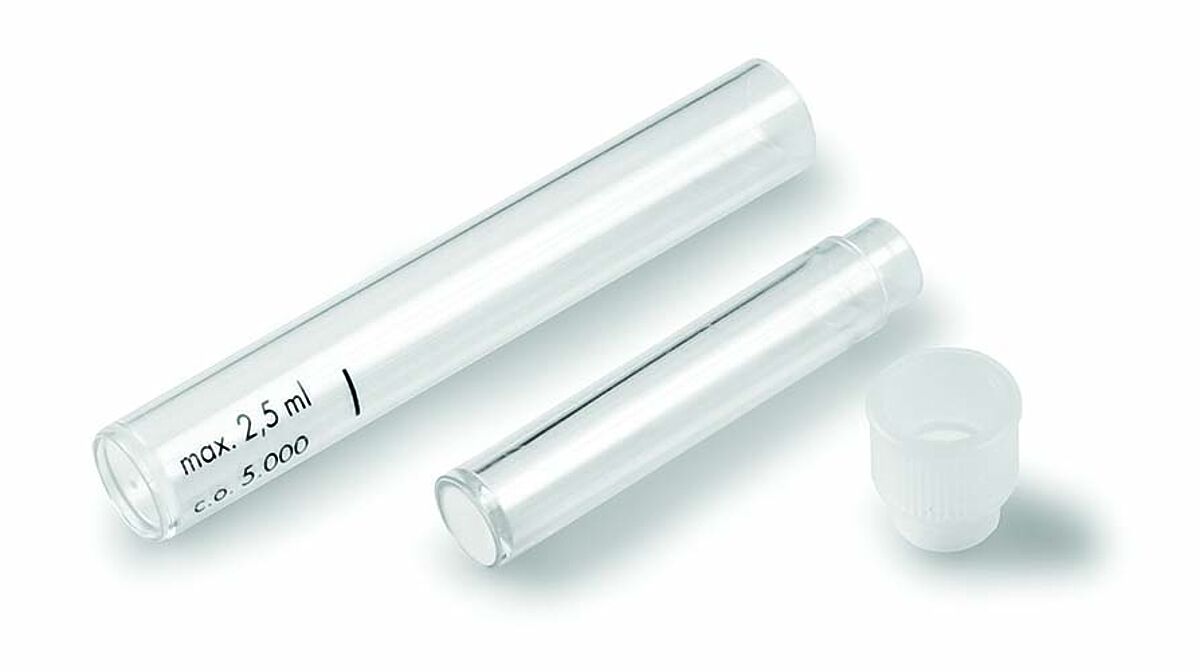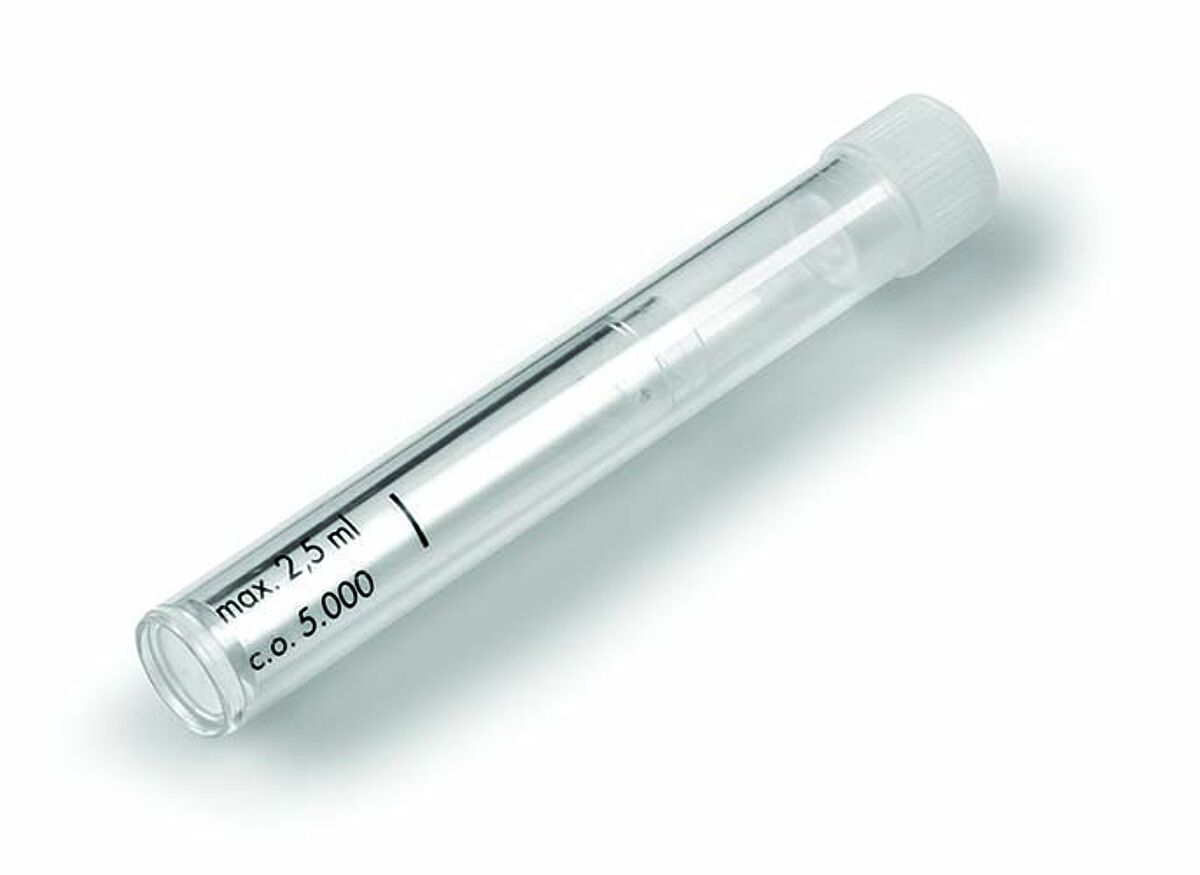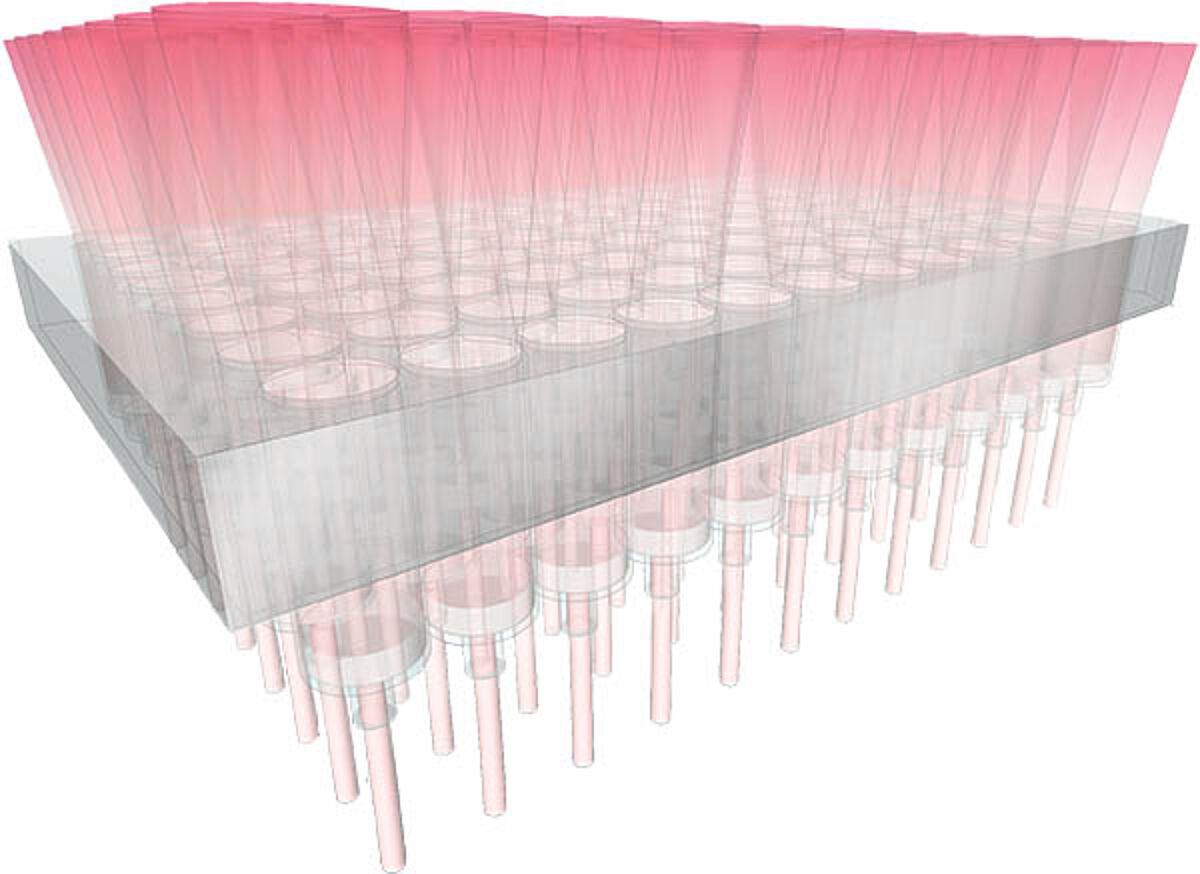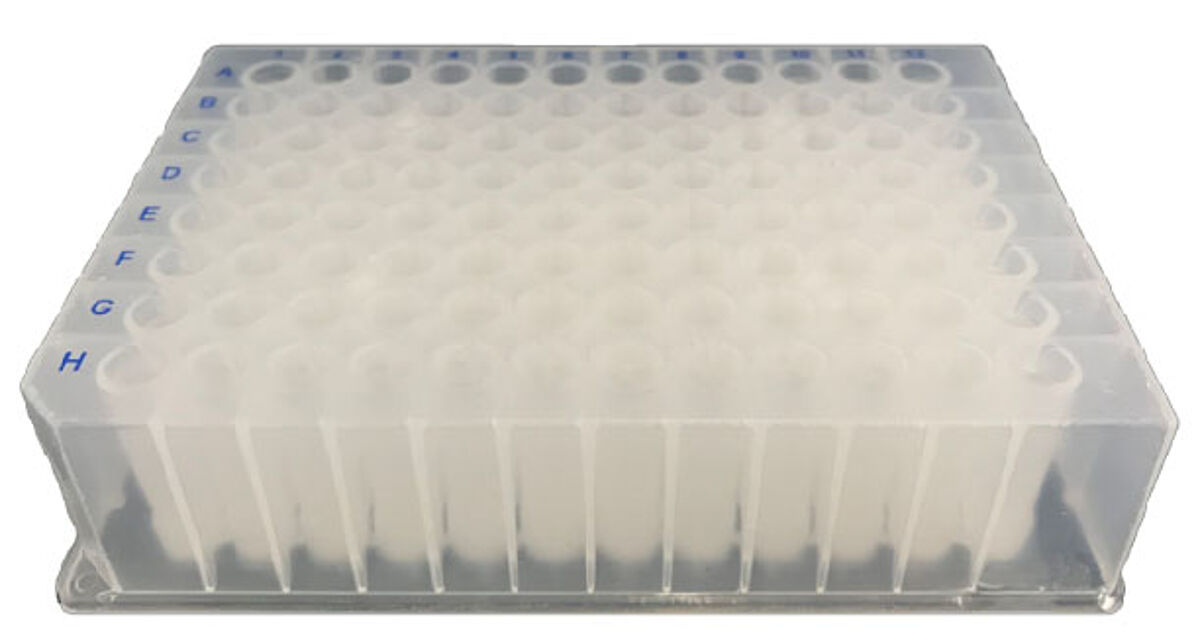Pre-filled size exclusion columns (SEC)
ÄKTA-compatible columns
Protein Ark’s ProteoSEC columns use a high-performance rigid resin derived from a co-polymer of dextran and agarose for high resolution and high recovery fractionation of proteins by molecular weight.
These affordable but high-quality SEC columns come in three sizes (11/30, 16/60, 26/60, see datasheet) and two separation ranges (3-70 kDa and 6-600 kDa molecular weight). All columns come with adjustable end adaptors (dynamic design; only the 16/60 6-600 columns are still available in classic design).
The 3-70 kDa HR resin and the 6-600 kDa HR resin have a comparable performance to the SuperdexTM 75pg and SuperDexTM 200pg, respectively. Compatible with ÄKTATM gel filtration system. Datasheet
FPLC Columns
FPLC (Fast Protein Liquid Chromatography) is a liquid chromatography that is often used to analyze or separate compounds from a mixture of proteins.
Read more about this method and discover related products here:
Instrument-free '1-Step Batch' spin columns
These unique Proteus 1-Step Batch spin columns let you purify proteins without an FPLC instrument on a small scale and are a great alternative to gravity purification. Flow through the resin is controlled thanks to the SelfSealTM membrane technology. The SelfSealTM keeps the resin and the sample above the membrane while you incubate. Only when the column is spun in a microfuge at 12-14’000 g for up to a minute do the pores of the SelfSeal membrane dilate and the filtered eluate is collected in the bottom of the tube. These columns come in two sizes: mini (600ul) and midi plus (20ml) and can be used with all chromatography resins.
Datasheet (mini) Datasheet (midi plus)
Ultrafiltration concentrator column
The Proteus X-Spinner 2.5 is a non-stick ultrafiltration concentrator which provides you with the highest possible protein recovery thanks to two factors: (1) the low binding of protein to the CTA membrane, and (2) the design of the X-spinner with the ultrafiltration force opposite to the centrifugal force (see image). Like this, you can concentrate your protein or exchange the buffer without large target protein loss.
The Proteus X-spinner is ideal for very dilute, sticky or viscous protein samples, and aimed specifically also at membrane proteins.
- Membrane Type: Cellulose Triacetate and Polyethersulphone
- MWCO: 5 kDa, 10 kDa, 20 kDa, 100 kDa & 300 kDa
- Sample Volume Range: 0.1- 2.5 ml
- Hold-up Volume: 25 ul
- Pack Sizes: 24 pcs & 96 pcs
- % Protein Recoveries: >99%
- Max g force: 2’500 g (Swing Bucket Rotor), 2’000 g (Fixed Angle Rotor)
Loose resins
These high performance resins Super Ni-NTA and Co-NTA are the Gold standard for His-tag protein purification. They combine high binding capacity (50-75mg for Ni-NTA, 30-50mg for Co-NTA) with an increased tolerance to reducing agents (DTT: 10mM, EDTA: 1.5mM).
The mean bead size of these resins is 35 μm with the affinity chromatography matrix consisting of 7.5% cross-linked agarose.
If required, the nickel/cobalt ions can be removed from the agarose matrix using 5 wash steps with 100 mM EDTA, and the matrix recharged with a different metal ion. The resin is delivered as a 50% (v/v) suspension (2ml suspension will yield a 1ml bed volume; suspension contains 20% ethanol to prevent microbial growth).
| Super Ni-NTA | Super Co-NTA | Super Heparin | Super Glu Agarose |
|
|
|
|
| This resin with 6% cross-linked agarose matrix and immobilized heparin lets you purify various native or recombinant proteins (binding capacity: 5mg/ml) such as lipases, plasma coagulation proteins, lipoproteins, nucleic acid binding proteins such as transcription factors, growth factors, DNA polymerases etc. | Compatible with all prokaryotic and eukaryotic expression systems, the Super Glu Agarose affinity resins is designed for the purification of GST fusion proteins (binding capacity: 10mg/ml). | ||
Optima PRO Screen & De-salting Plate
Optima PRO Screen
Designed for high throughput protein purification in batch mode, the Optima PRO Screen can batch control up to 96 different clarified or unclarified samples with any purification resin, in parallel and with no mess, hands-free and no crosstalk between wells.
- Instant swelling of resin in a 96 well plate format: Pre-packed with 50 µl Protein Ark's dried resin formulation
- One step filtration and purification: Purify secreted proteins from unclarified mammalian or insect cell culture loaded directly into the wells of the screen.
- Clog-free: No need for pre-centrifugation or pre-filtration.
- Drip-free: The proprietary SelfSeal Membrane ensures < 2.7% SD for well-to-well yield reproducibility across the entire plate.
Optima PRO De-salting Plate
The Optima PRO De-salting Plate is designed for small-scale de-salting, buffer exchange and removal of low molecular weight materials (e.g. imidazole) from larger biomolecules, or macromolecules such as proteins. These gel filtration plates consist of 800 μl bed volume in a standardized array for processing protein samples >5kDa. The Optima PRO de-salting plates can be used for for the removal of DNA primers and fragments (up to 20 bases), nucleotides labelled with biotin, isotopes, and other assorted markers.
Chemicals
TCEP
TCEP has multiple uses. This next generation non-toxic reducing agent is used to cleave di-sulfide bridges during protein chromatography and in SDS-PAGE, and can also be used in the tissue homogenization process for RNA isolation.
TCEP has the following advantages over DTT and 2-ME:
- Odourless
- More powerful reducing agent
- Irreversible reducing agent
- More hydrophilic
- More resistant to oxidation.
- Does not reduce metals used in IMAC
- Causes fewer ITC baseline artefacts
- Particularly useful when labeling cysteine residues with maleimides: TCEP can keep the cysteines from forming di-sulfide bonds and - unlike dithiothreitol and β-mercaptoethanol - it will not react as readily with the maleimide.
Ultrapure IPTG, >99.5%
LubioScience offers this important staple for protein scientists at an affordable price. Save money without losing quality! Available in practical pack sizes of 5 g and 25 g (5 x 5 g). Can be delivered within 24 hours!
Datasheet


